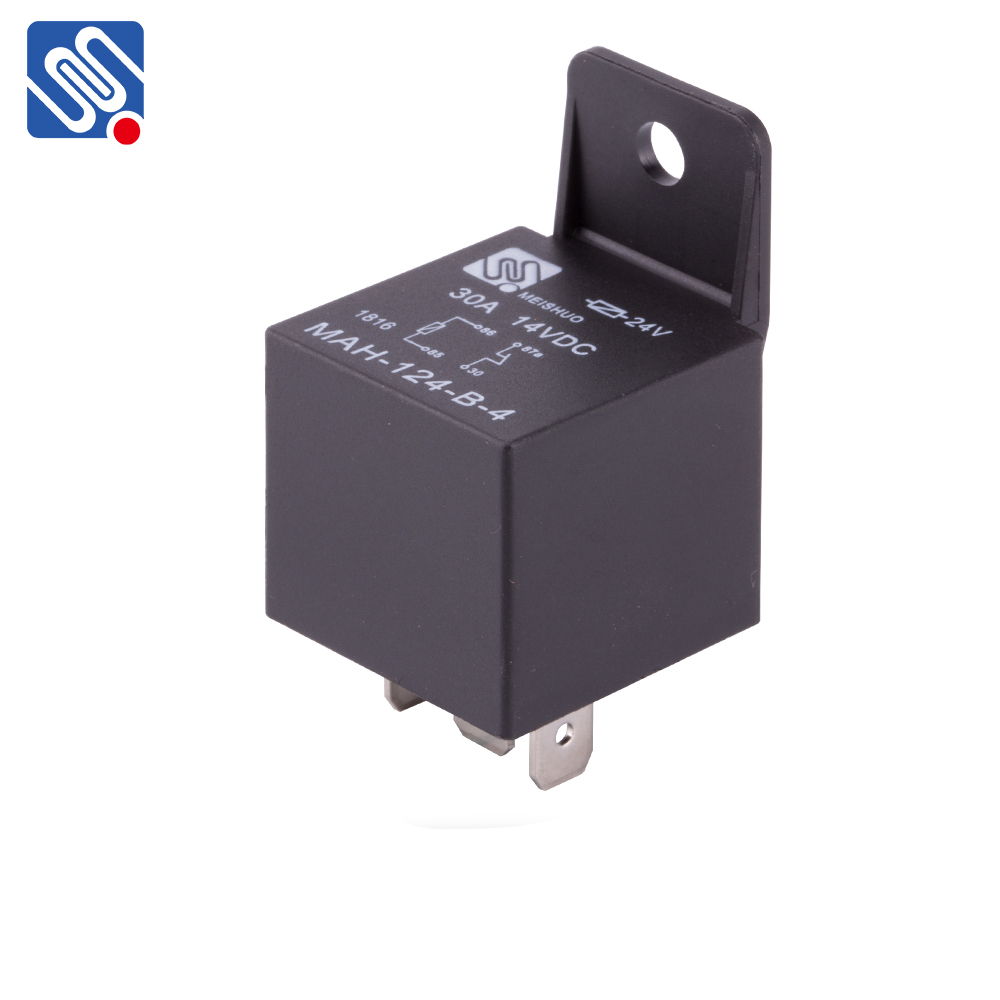Relays are integral components in modern electrical and electronic systems, and among the various types of relays, the 24V relay holds particular significance due to its wide range of applications in both industrial and domestic environments. A 24V relay is designed to work with a 24V DC (direct current) or AC (alternating current) supply voltage, and it is employed in scenarios where it is essential to switch higher power circuits with a low power control signal. In this article, we will explore the working principles, types, applications, and advantages of the 24V relay.

What is a Relay 24V? A relay is an electromagnetic switch that is used to control the flow of electrical current in a circuit. It consists of a coil of wire, a set of contacts, and a spring mechanism. When an electric current flows through the coil, it creates a magnetic field that pulls or pushes the contacts together, completing or breaking the circuit. This allows a small voltage to control the switching of larger currents or voltages, which is particularly useful for controlling high-power devices with low-power control signals. The 24V relay operates on a 24V power supply, which makes it suitable for use in both industrial automation systems and household applications. It is available in both DC (direct current) and AC (alternating current) variants. These relays are widely used in applications where precise control over higher voltage and current is required but where the switching action must be initiated by a low-power control system.